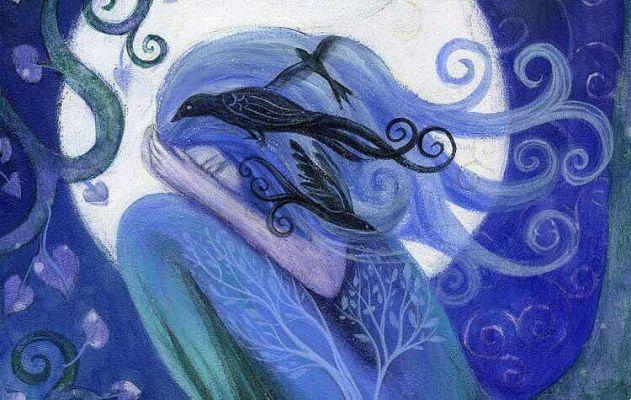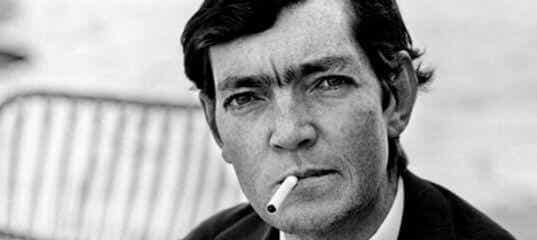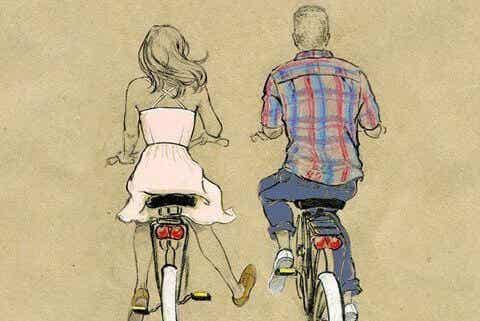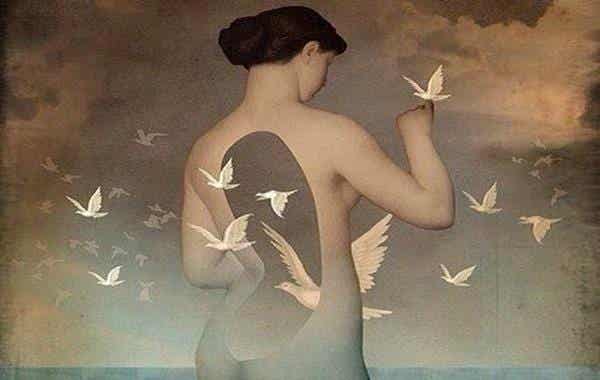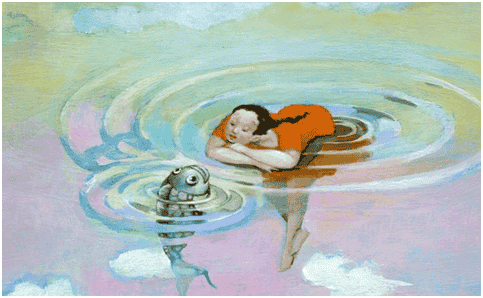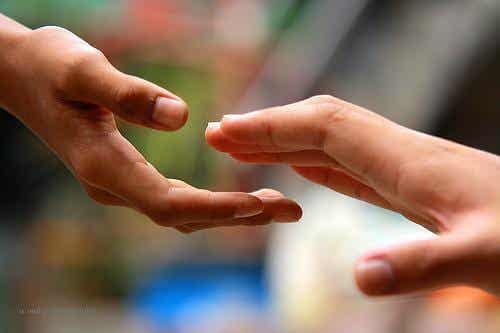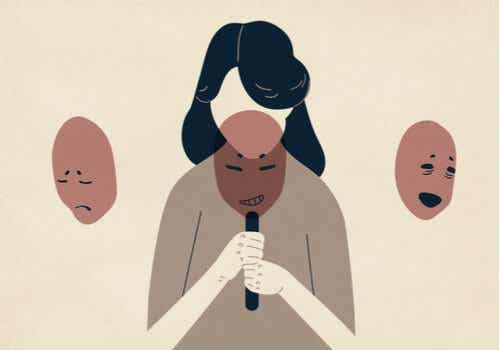The non-verbal language of fear manifests itself, first of all, in facial microexpressions

Last update: July 14, 2020
Even if feeling fear is completely normal and legitimate, there are situations in which externalizing this feeling does not help us. During a job interview, for example, or when we're exposed to an audience or judgment. Fortunately, or unfortunate, there is a non-verbal language of fear that can reveal our fear.
The non-verbal language of fear manifests itself, first of all, in facial microexpressions. The slightly raised eyebrow, the tense forehead and the half-open mouth are unmistakable signs of how afraid a person is.
Although there is no dictionary to interpret the non-verbal language of fear, all of us are equipped with a radar capable of reading the signals related to this emotion.. It is a process of reading that is not always rational. We simply sense that someone is scared and, unconsciously, we act accordingly. Basically, we feel distrust of those who do not have self-confidence, or we are led to feel a feeling of power in perceiving the vulnerability of others.
It is important to know the body language related to fear. By knowing him, perhaps we would be able to control him better. The main advantages are two: being able to intercept the fear of others, even when not expressed openly, and managing our attitude and posture in order not to transmit fear, if we do not want to communicate it.
"A timid fear before danger, a coward during, a brave after."
-Jean Paul Richter-
Non-verbal language of fear
Facial microexpressions
The face is perhaps the most “talkative” element in the non-verbal language of fear. It is precisely on the face, in fact, that is reflected first. The facial expression may or may not be very obvious, but it is a reaction that always happens. It is the intensity of the emotion that determines more or less manifest facial gestures.
In principle, there are very simple gestures to recognize. The first is the raising of the eyebrow, along with a stiffening of the forehead. If the fear is subsequent to the surprise, the movement of the eyebrow will be more evident. If, on the other hand, it is a situation that generates fear without surprise, the tension on the forehead will be more evident.
Usually the eyelids remain in tension. The half-open mouth, the lower lip set back. It's a bit like her whole face is suffering from a backward twitch. As if there was something pulling the face, resisting.
Posture
Posture is also a very important element in the non-verbal language of fear. Generally, when we are scared, our muscles tense and we adopt a defensive posture towards our vital organs. We often sag or curl up to take up less space. It is the involuntary attempt to take refuge in ourselves to protect ourselves.
Insecurity, nervousness and anxiety are other manifestations of fear. These are three states that tend to reveal themselves when we make rapid and compulsive movements. A person who struggles to stay calm is a restless person. When the fear that affects her is very strong, her movements are also likely to be abrupt or clumsy.
Likewise, it is common for a fearful person to cross their arms as a sign of defense. In doing so, he tries to build a barrier to protect himself from harm. A barrier as a desire to maintain one's integrity, rejecting what is frightening.
Other gestures
There are other gestures and expressions that are part of the non-verbal language of fear, such as looking. Nervousness makes the gaze evasive. When a person is experiencing particularly intense fear, they are inclined to glue their gaze towards what frightens them. An instinctive mechanism that is activated when the fear is particularly strong in order not to lose sight of the source of the threat.
The hands are also part of the body language and are used to express emotions, even in case of fear. When a person is afraid, he writhes or shakes his hands. Not showing the extremities is an instinctive act of defense, a real legacy of the animal world.
In principle, when a person is frightened, they tend to make short, quick and irregular movements. When she is completely terrified, she tends instead to do the exact opposite, paralyzing herself. In the first case, the person does not remain still, while in the second one, with the body contracted and turned backwards.




